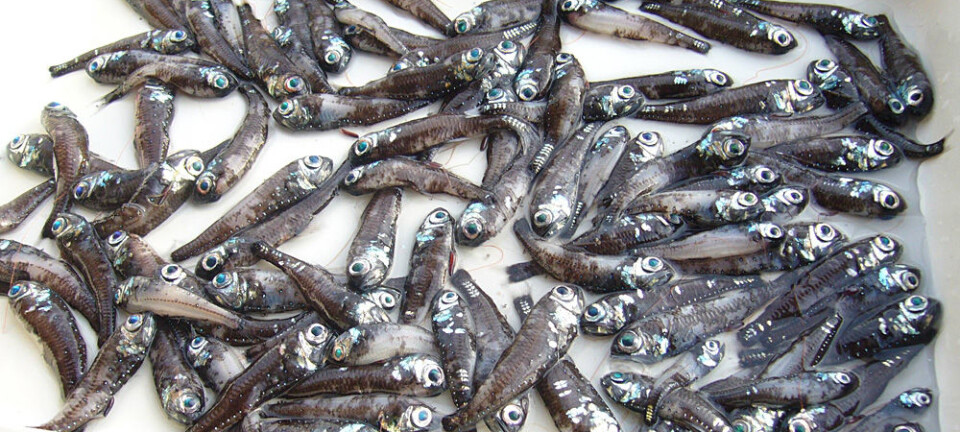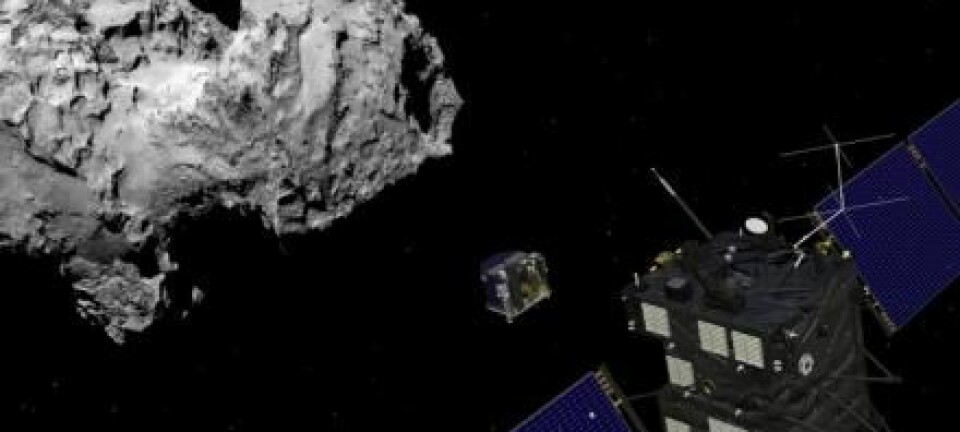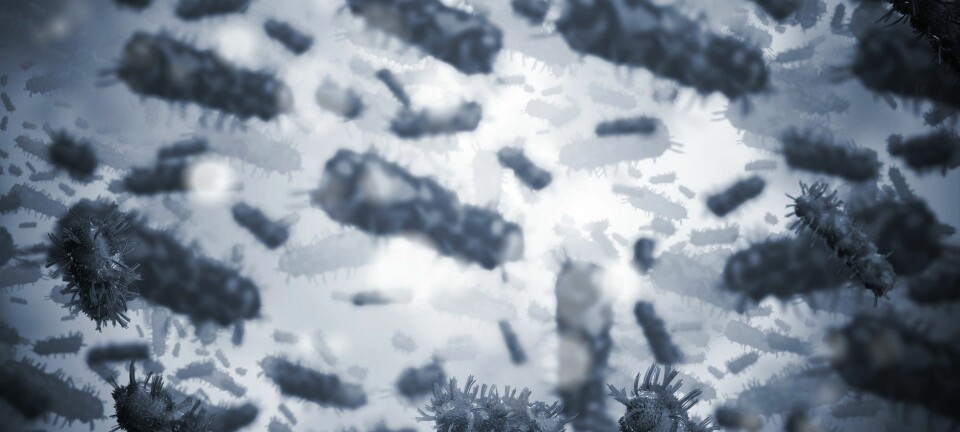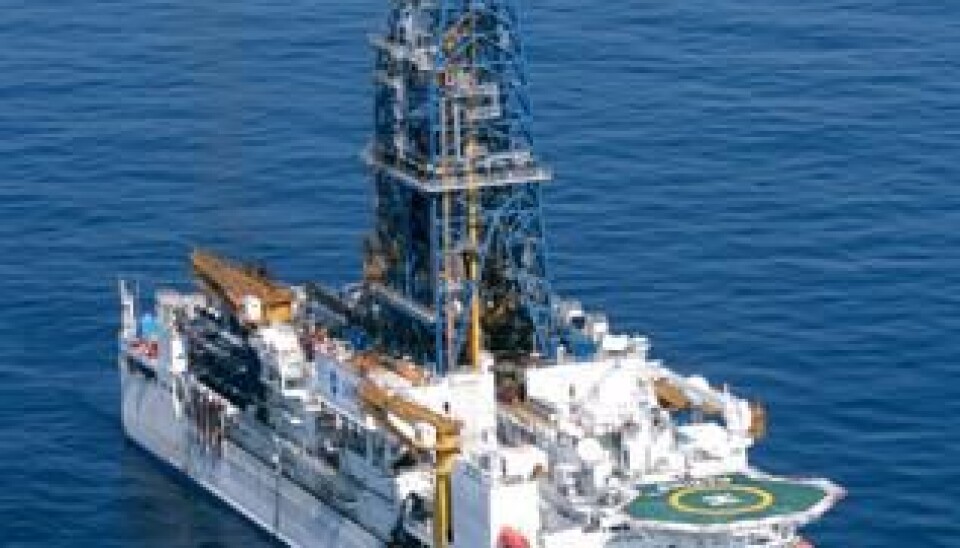
Ancient living soil microbes discovered over two kilometres beneath the seafloor
A new study has drilled deeper into the seabed than ever before, and discovered a thriving community of ancient soil microbes, tens of millions of years old
An ocean drilling expedition off the coast of Japan has discovered an ancient community of living microbes that are genetically closer to what you might expect to find in forest soils than the seabed.
The microbes were discovered throughout the sediments and particularly concentrated in coal seem deposits, 2.5 kilometres beneath the seafloor -- the deepest that any ocean drilling research program has so far been able to go.
The new results, published this week in Science, shed light on the nature and diversity of life that can exist in these harsh environments, and finds that they are actively producing methane.
“This is the deepest evidence of microbial life, at least for sediments at the bottom of the ocean,” says Clemens Glombitza, a postdoctoral researcher at Aarhus University, Denmark, and a co-author on the new study.
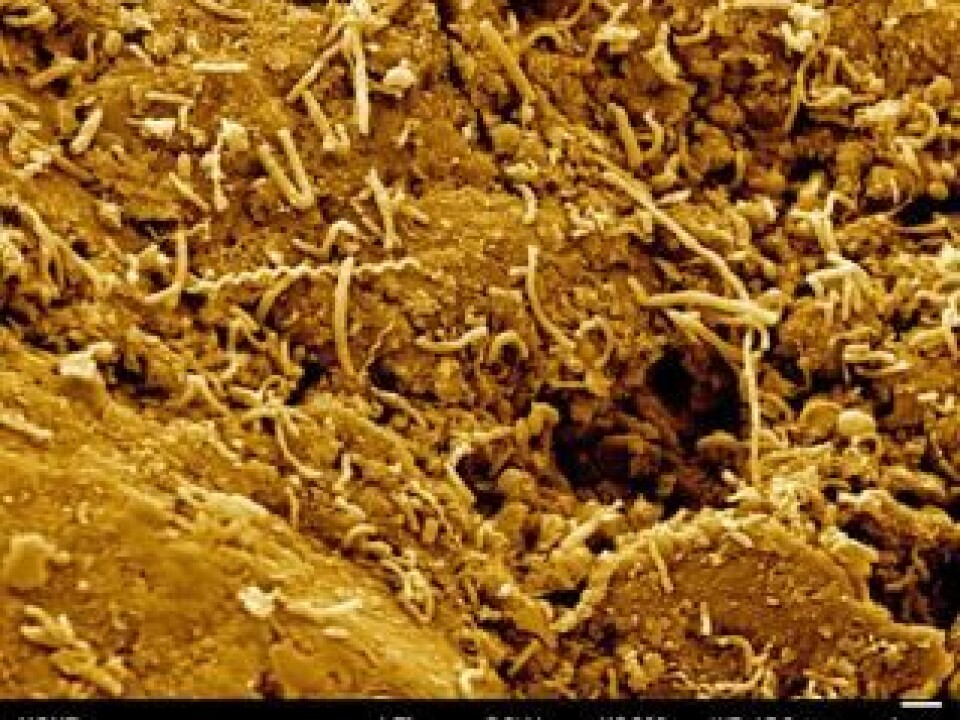
“What we see are the bacteria that clung on for life and are millions of years old. They may not have been the most abundant from this time, but they are the ones that have survived,” says Glombitza.
A small but active community, creating methane gas
According to Glombitza, the sediments contain a lot of methane, and by looking at the chemistry of this gas they could tell that it was created by microbes.
“We looked at how much methane was produced compared to other gasses, and also its isotopic composition. This tells us that it is produced by these ancient microbes,” he says.
By counting the cells of these microbes, they also conclude that it is a small community, with just one cell in a cubic centimetre of sediment in some sections of the sediment. But in the coal deposits this rose to around 100 to 10,000 cells of living microbes, creating methane gas.
According to Glombitza this is an important finding, as it suggests a deep source of methane that could contribute to the formation of methane gas hydrates found in the shallower parts of the sediment. These are of potential interest for future energy exploration, but at the same time, it also represents a source of potent greenhouse gas if it were to escape.
“If you consider that a cubic centimetre of sediment corresponds roughly to a teaspoon full of sediment and that the coal bearing horizon is several hundreds of meters thick and extends horizontally for several kilometres, you see that in fact these microbes could have produced a lot of methane,” he says.
How do microbes survive deep underneath the seafloor?
The scientists were puzzled as to why they found so few cells in some of the deposits.
“The microbes seemed to be concentrated within the coal seems deep under the seafloor, but still in small numbers. So we had a big discussion about why this was the case,” says Glombitza.
“It turns out that temperature is very important. We already know this is crucial for life, but it is often not clear where the limit is. So we investigated further,” he says.
“We calculated the influence of temperature on microbial DNA and found that the elevated temperatures at this depth did indeed result in increased rates of damage to DNA and cell walls. We speculate that this could be the reason for why the cell numbers are low. But this is purely theoretical,” says Glombitza.
According to Julie Huber, associate scientist at the Marine Biological Laboratory in Woods Hole, Massachusetts, USA, the pressure exerted in sediments at this depth may also help explain the small numbers of cells counted.
“Uncovering what limits the biomass in this unusual environment will certainly be a focus of future studies,” she writes in a perspective piece for Science Magazine that accompanies the new study.
Huber was not involved in the study herself, but also studies microbes in deep-sea sediments.
To her, it appears to be an important study indicating that despite the small size of the microbial community, they non-the-less are able to survive at such depths. This tells us that we still have not reached the barrier beyond which life cannot exist, even 2.5 kilometres beneath the ocean floor.
Scientific links
- Exploring deep microbial life in coal-bearing sediment down to ~2.5 km below the ocean floor
- "Making methane down deep," by J.A. Huber at Marine Biological Laboratory in Woods Hole, MA.

